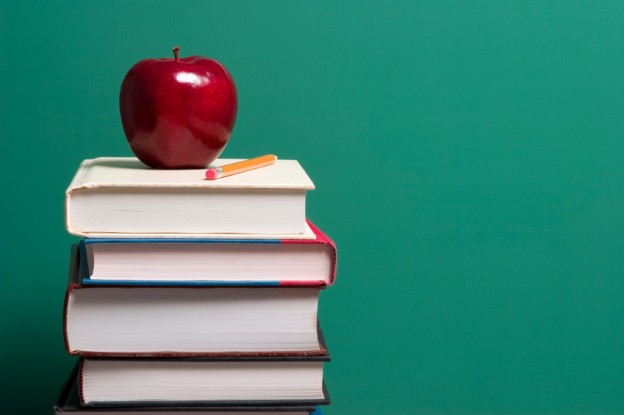
Special Education 





6 tips to help your special needs child go back to school
I have a lot of respect for parents and educators who do everything they can to set their child up for success at school. Many spend countless hours creating curricula and documentation that will structure your child’s learning. Let me be really clear that I am in no way underestimating the value and arduous nature of that. However in my ten years as a fly on a classroom wall as well as an auntie to a spectacular 12-year old on the autism spectrum I have learned a few tricks along the way:
Nonverbal Communication
The first week of school is an anxious time for everyone. My tendency has always been to be “super-positive” and cheer lead, asking ridiculous questions that have no answers like: “Are you in 5th Grade now? Wow! You are so grown up!/smart!/handsome! What does that feel like?” While well meaning, this kind of noise has the potential to create even more anxiety for your child. There is a way to be super positive, without talking so much. The key is to be neutrally engaged (not-so-easy for a zealot like me). Use lots of non-verbal communication and try to take in information about the way your child is experiencing school, rather than putting it out. RDI really helped me learn to do that. If I can do it, you can do it!
Stuff
Think of your child’s school supply list as more than a list. Not only is the list materials that a teacher needs his or her students to have, it is a also a list of the students needs, what items does your child need to focus better or to organize better? Our school supply list called for my nephew to have many folders for different subjects. Typically, in the first few days of school, the teacher dictates to the class which color folder should be used for what. But we added to the list one huge six-inch binder with zippered dividers. We hole-punched the folders that the teacher required and put them all in the one binder. This way he only ever has to grab one thing at the beginning of one class and put away one thing at the end of it. During homework time is a great opportunity for he and I to collaboratively organize the binder. It helps him take ownership of his belongings without having to deal with the time crunch and sensory pressure of the classroom.
The First Few Days
The best piece of paper we ever got signed was a permission slip to photograph the classroom. Whether it’s your child’s aide doing this or your child himself, it really helps to filter information so that they can process it. After school, during your child’s downtime, you and your child can look at the pictures on the computer together. It’s a great opportunity to see what they see. Maybe certain kids or specific things in the classroom caught their eye? Invite your child to come up with a word or two that can give you an idea of what they’re actually encoding about their surroundings at school.
Find Your Friends Too
Who is your “go-to” person at your child’s school? Who really understands their needs? Start the conversation there. It could be someone in the office, a learning specialist, the principal herself, or a single teacher teaching a single class - confidence is what makes the world go ‘round. Small, tangible bits of progress fills everyone’s tank and can be used as a template for other relationships and subjects within your child’s school life.
Lime In A Lunchbox
Lunchtime can be notoriously tricky for kids with sensory processing difficulties. Oftentimes, it’s the loudest, most unstructured, and smelliest time on any given school day. Did you know that lime clears the olfactory palette? I learned this at a H.A.N.D.L.E workshop and now I send one in my kids' lunch every day. We call it his secret weapon. If the smell of someone else’s lunch is preventing him from eating his, he pulls it out and smells it. It’s like a ‘reboot’ for his brain. We started it at home and then armed him with it at school.



